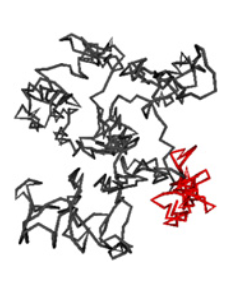Mark Dennis (University of Birmingham) Knotting probabilities of open and closed random curves: polymers, proteins and power laws

Long, flexible physical filaments are naturally tangled and knotted, from macroscopic string down to long-chain molecules. How often should we expect knots to arise for a given length of random curve? Introducing a new method for resolving knotting in open chains using virtual knots (analogous to knotoids), we analyse knotting in the Protein Data Bank, and compare the results to those of other groups with different methodologies. We also compare the results to confined random walks and subchains of Hamiltonian walks, which appear to be effective models of confined polymers. Despite the fact the overall knotting probabilities vary with the the model, we find the distribution of weak knotting to be robust in all of them. Finally, we consider the probability of knotting in closed, equilateral random polygons, modelling random ring polymers. Results from an extensive Monte Carlo dataset of random polygons indicates scaling behaviour different from previous investigations on smaller datasets: a universal scaling formula for the knotting probability with the number of edges. This scaling formula involves an exponential function, independent of knot type, with a power law factor that depends on the number of prime components of the knot. The unknot, appearing as a composite knot with zero components, scales with a small negative power law, contrasting with previous studies that indicated a purely exponential scaling.


